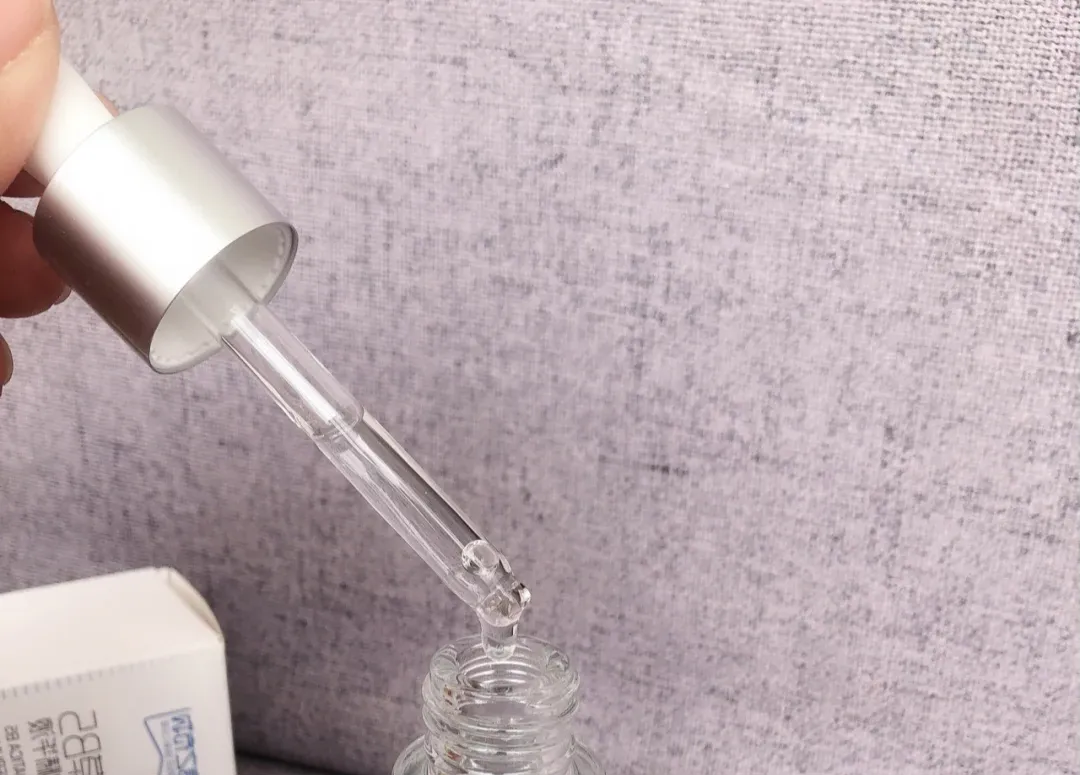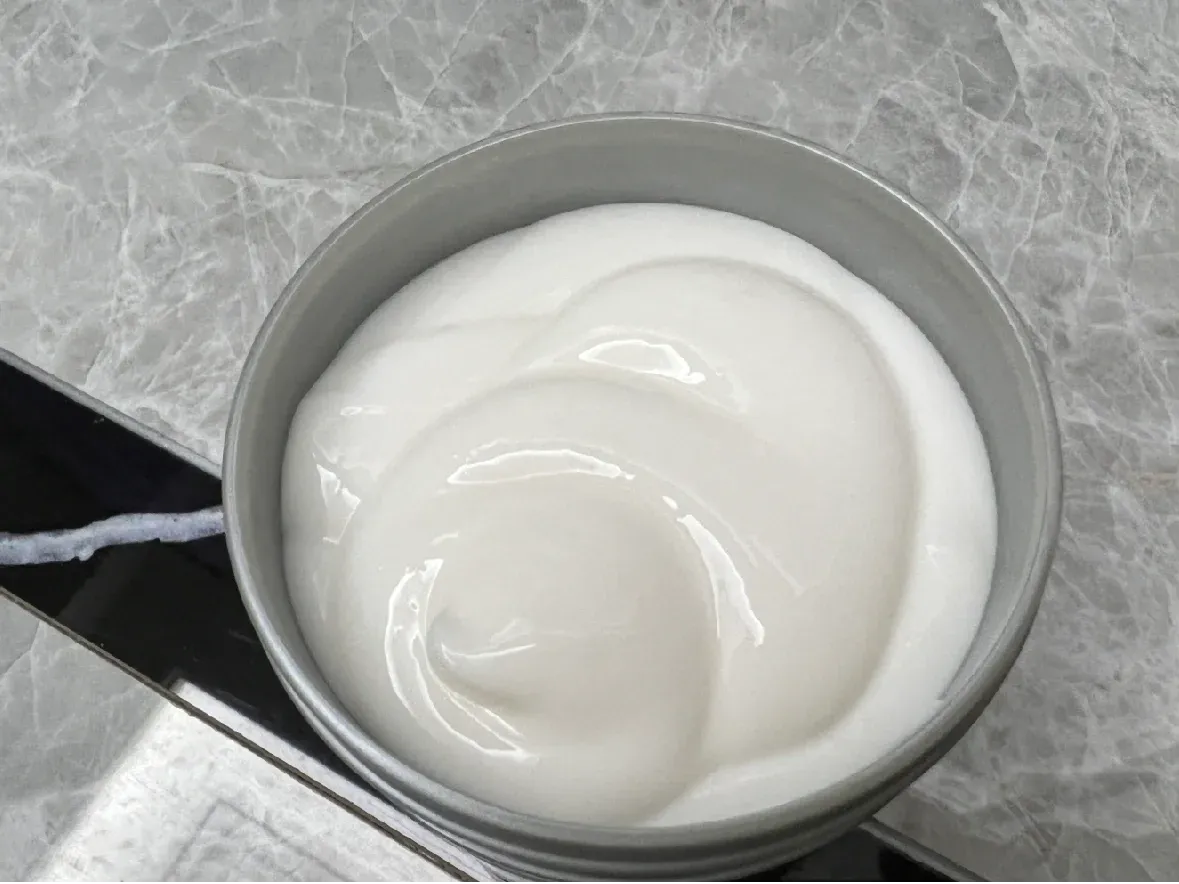
Unlocking the Power of Starch Derivatives in Hair Care and Beyond
Hydroxypropyl starch ether: Formed by introducing hydroxypropyl groups into starch, this ether boasts increased water solubility, texture-enhancing qualities, and excellent film-forming abilities. It finds use in cosmetics, food, pharmaceuticals, and industrial applications.

1. What Are Hydroxypropyl and Hydroxyethyl Starch Derivatives?
Starch, nature’s versatile polysaccharide, undergoes chemical modification to enhance properties like solubility, stability, and film-forming capabilities. Two prominent derivatives are:
Hydroxyethyl starch 130 0.4: Also known as HES 130/0.4, this molecule features hydroxyethyl groups and is graded by average molecular weight (~130 kDa) and substitution ratio (0.4). It’s commonly used in medical IV fluids as a plasma volume expander, and in personal care for moisture retention and viscosity control.

2. Spotlight on Hydroxypropyl Distarch Phosphate E1442
What Is Hydroxypropyl Distarch Phosphate E1442?
Hydroxypropyl distarch phosphate (E1442) combines starch crosslinking with hydroxypropylation. This dual-modified polymer is prized for thermal stability, acid resistance, enhanced shelf life, and exceptional thickening properties, making it ideal for diverse industries: food, pharmaceuticals, and cosmetics.
Benefits in Personal Care & Cosmetics
In shampoos, conditioners, styling creams, and leavein treatments, E1442:
Delivers soft, supple texture and high film-forming ability
Improves manageability and shine for all hair types
Adds slip without residue, and binds moisture to combat dryness

3. Hydroxypropyl Starch Phosphate for Curly Hair
Curly hair thrives with moisture—and E1442 is a natural ally. As hydroxypropyl starch phosphate curly hair routines grow in popularity, users seeking defined, hydrated curls are increasingly turning to conditioners and creams featuring E1442. It:
Reduces frizz and enhances curl structure
Adds slip and reduces tangling during styling
Retains moisture without weighing down strands
Hydroxypropyl starch phosphate in hair products offers stylers that deliver defined, touchable curls with a natural shine.
4. Choosing a Hydroxypropyl Starch Phosphate Supplier
Quando si seleziona un hydroxypropyl starch phosphate supplier, consider:
Compliance: Certifications like ISO, GMP, and safety data (e.g., REACH, FDA) ensure reliability.
Technical support: Suppliers should provide formulation guidance and performance data.
Quality specs: Parameters like moisture, viscosity, substitution degree, and microbial content are essential.
Supply chain reliability: Consistent lead times and supply are vital for production planning.
Top manufacturers often supply grades suitable for food, pharma, and cosmeticgrade applications—ideal for formulators seeking safe and effective hydroxypropyl starch phosphate ingredients.
Frequently Asked Questions (FAQ)
Q1: What is hydroxypropyl starch ether used for?
A: A water-soluble starch derivative, hydroxypropyl starch ether acts as a thickener, stabilizer, and film former in food, cosmetics, pharmaceuticals, adhesives, and construction materials. It enhances texture, binding, and stability across diverse formulations.
Q2: What makes hydroxypropyl starch phosphate suitable for curly hair?
A: Hydroxypropyl starch phosphate forms a light, moisture-binding film that adds slip, controls frizz, and supports curl definition—making it an excellent ingredient for hydroxypropyl starch phosphate curly hair care lines.
Q3: How does hydroxyethyl starch 130 0.4 differ from other starch derivatives?
A: HES 130/0.4 refers to a specific medical-grade hydroxyethyl starch. The numbers reflect molecular weight (~130 kDa) and substitution ratio (0.4), ensuring controlled viscosity, fluid retention, and compatibility in IV solutions—plus formulations needing moisture retention.
Q4: Why is hydroxypropyl distarch phosphate labeled E1442?
A: E1442 is the European food additive code for hydroxypropyl distarch phosphate. The dual modification enhances stability under heat, acid, and storage—ideal for food items and cosmetic formulations needing consistent structure and texture.
Q5: What should I look for in a hydroxypropyl starch phosphate supplier?
A: Choose a supplier offering E1442 grades meeting cosmetic or food-grade certifications (USP, FCC, ISO, GMP), with transparent quality specs (viscosity, substitution levels), formulation support, and consistent delivery for industrial production.
Conclusione
Hydroxypropyl starch ether, hydroxyethyl starch 130 0.4, and especially hydroxypropyl distarch phosphate E1442 represent a new wave of multifunctional polymers. For curly hair and cosmetic products, hydroxypropyl starch phosphate offers compelling benefits—enhanced moisture retention, sleek texture, and curl definition. By partnering with a certified supplier, formulators can tap into these starch derivatives to enrich product performance smartly and safely.
-
Hydroxypropyl Starch as a Sustainable Construction AdditiveNewsNov.24,2025
-
The Gelation Properties of CMCNewsNov.21,2025
-
Redispersible Latex Powder and Water Retention CapacityNewsNov.21,2025
-
Dosage Control for Polycarboxylate Water ReducerNewsNov.21,2025
-
Film-Forming Properties of Polyvinyl AlcoholNewsNov.21,2025
-
The Function of Gypsum Additives in MortarNewsNov.21,2025





















